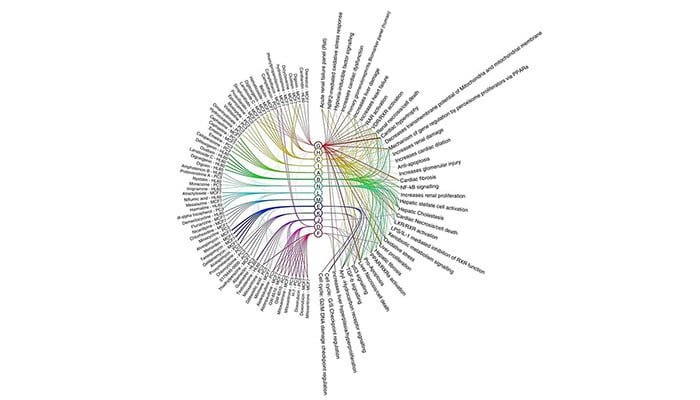The study of the Aalto University, Karolinian Institute and the Institute of Molecular Medicine Finland (FIMM) included over 1300 well-known molecules of molecular medicine, with extensive measurement data available.
“The study combines systematic data-based analysis of drug molecule toxicity measurements and gene expression responses to genetic activation measured by cell lines. Toxicity may occur as cell growth suppressant or cell destruction. The method developed in the study enables prediction of toxicity to new molecules more accurately than previously, because it uses sophisticated statistical methods and larger data, “says Juuso Parkkinen, a doctoral student at Aalto University .
At present, toxicity is largely tested by animal experiments. By means of the new method, animal experiments can be replaced in the future by a combination of cell line experiments and statistical modeling. This would also greatly reduce the costs of drug development.
“The new prediction method can be applied to new drug molecules and other chemicals at the product development stage, and to screen out potential toxic molecules,” Parkkinen explains.
The development of static machine learning and artificial intelligence has gained a very important role in many application areas besides medical research.
“Juuso Parkkinen is a model example of the usefulness of Aalto University’s artificial intelligence and doctoral studies: he made a doctoral dissertation in my research team for medical applications and then moved to Reaktor to apply data to the needs of many different companies,” professor Samuel Kaski ofParkkinen’s dissertation professor .
The toxicity of drugs is studied by Juuso Parkkinen and Samuel Kaski of Aalto University, Pekka Kohonen, Egon Willighagen, Rebecca Ceder, Roland Grafström from the Karolinian Institute and Krister Wennerberg of the Institute of Molecular Medicine Finland.
Additional information:
Juuso Parkkinen
AI Designer and Senior Data Scientist
Reactor
juuso.parkkinen@reaktor.fi
tel. +358 50 356 3916
Samuel Kaski
Professor
Aalto University
samuel.kaski@aalto.fi
tel. +358 50 305 8694
Source :Aalto University



